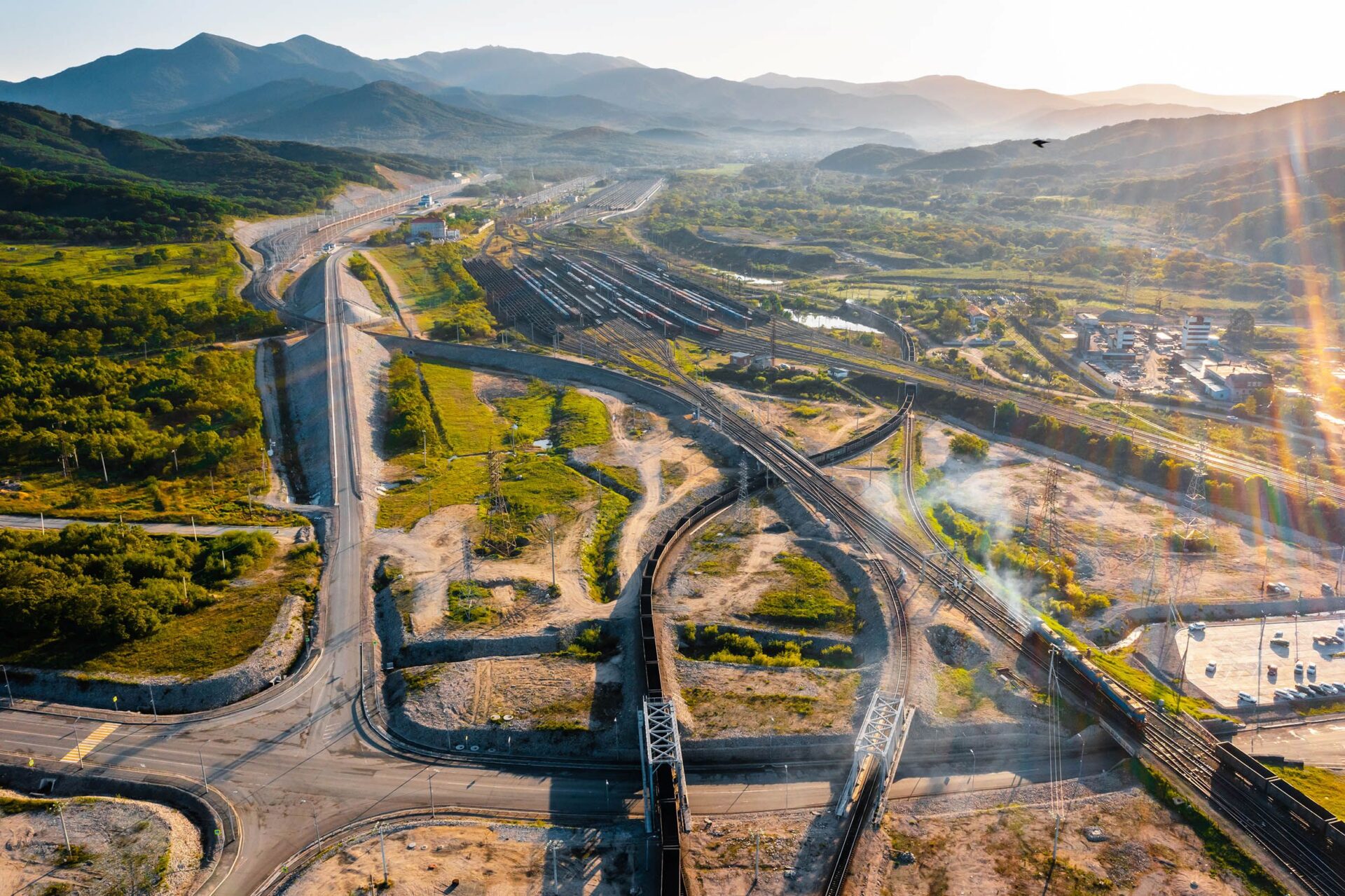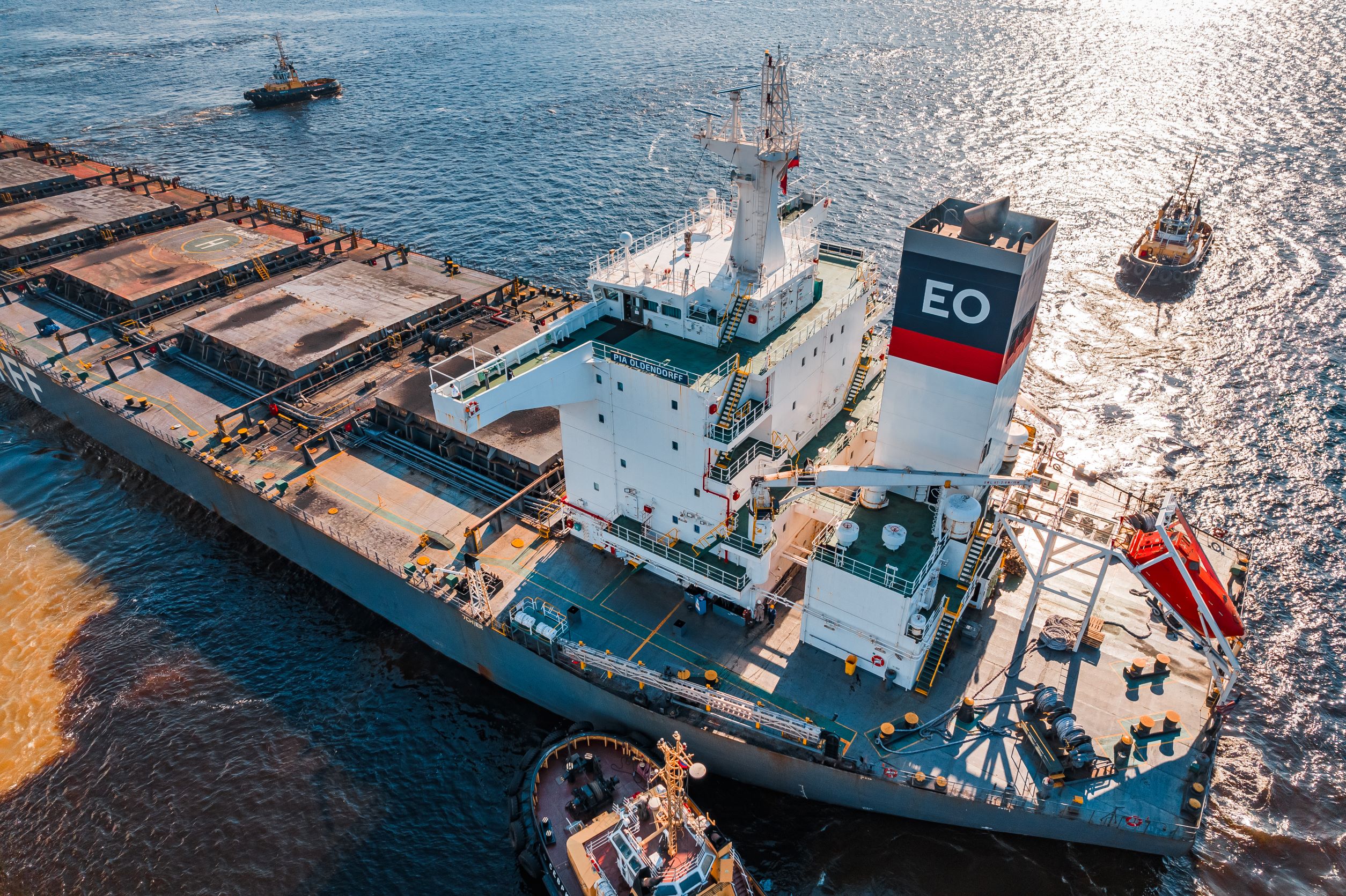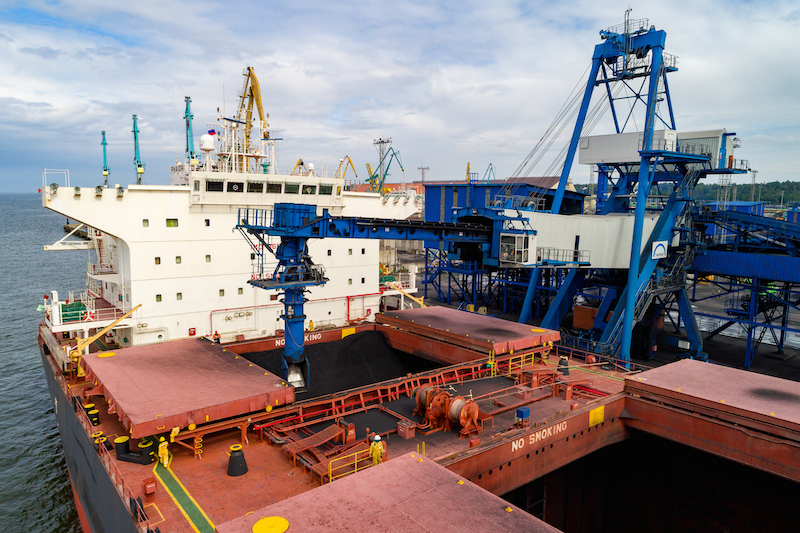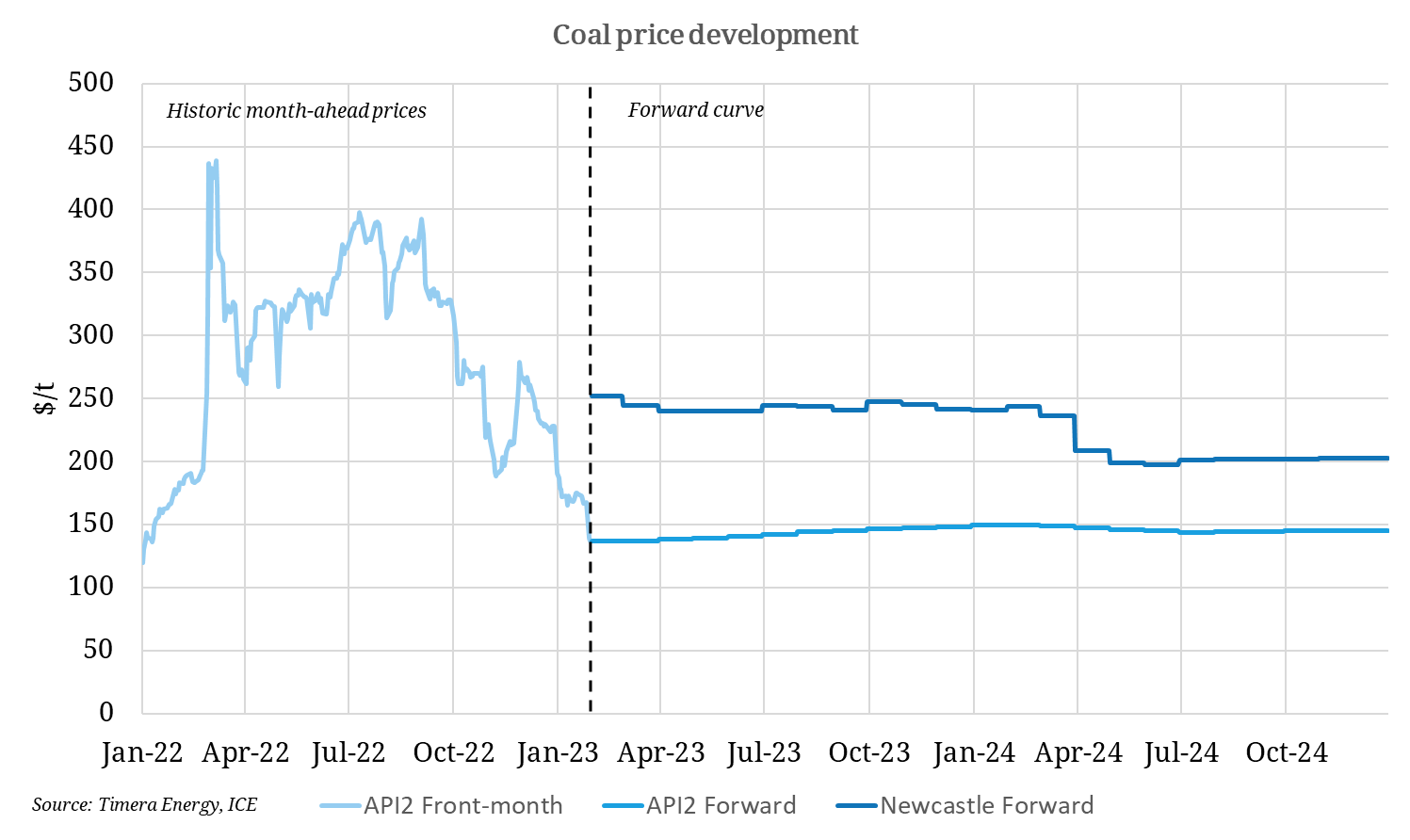

Indonesia is the world’s largest thermal coal exporter, exporting around 400 million tonnes in 2020. This represents a fall from the record level of 2019, reflecting difficult conditions since the outbreak of the COVID-19 pandemic.
While Indonesia’s coal reserves are substantial, many are subject to high costs, which left them uneconomic during the period of low prices in the early and middle part of 2020. The calorific quality of Indonesian coal is also relatively low, at a time when markets are placing a premium on higher quality coal.
The Chinese Government’s informal import restrictions on Australian coal has led to a shift to buying Indonesian coal by Chinese importers. This demand led to a brief shortage of thermal coal in the domestic Indonesian market, resulting in a deferral in deliveries to China and capped a volatile year for Indonesian coal exporters.
Indonesian coal production fell by around 17%, to 42 million tonnes over the year to January 2021. This likely reflects the impacts of a strong monsoon season, which affected loading activity at several key ports, as well as weather impacts from La Niña, which have lasted into January.
Indonesian authorities have determined a production target of 550 million tonnes for 2021. This is slightly below the 562 million tonnes produced in 2020, but still sufficient to maintain relatively healthy exports over the year.
On balance, Indonesia’s exports are expected to rise slightly in the first half of the outlook period as prices recover (Figure 6.6). However, output is not expected to return to 2019 levels.
Coal prices remain low and volatile despite their recent growth, and this is likely to act as a curb to coal investment in Indonesia. Coal exports will also be constrained by the Indonesian government’s recently announced plans to limit annual exports in order to safeguard coal reserves for domestic use.
Source: Office of the Chief Economist, Dept of Industry, Science, Energy and Resources (Australia)













